Sectors
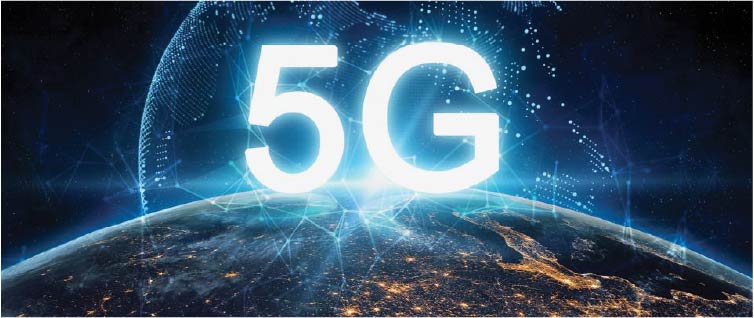
5G technology contributes significantly to the evolution of smart connectivity, providing blazing speed and low latency, enabling new applications such as augmented reality, virtual reality, self-driving cars and wireless optical communications.
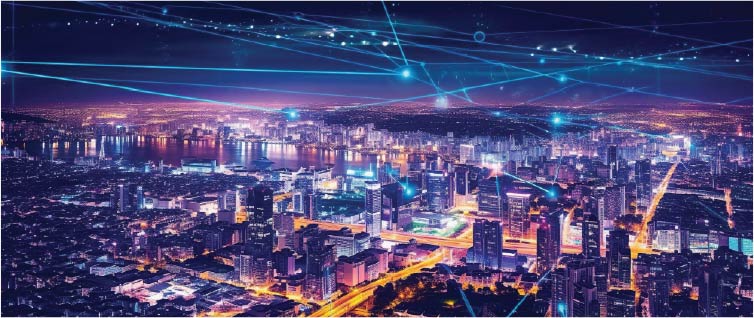
Smart devices and the Internet of Things (IoT): The field of smart devices and the Internet of Things will continue to grow and develop, allowing the connection of many devices and objects to the Internet and the continuous exchange of information and data. This opens the door to new applications such as smart cities, smart homes, and smart healthcare.
Artificial Intelligence (AI) and Machine Learning: Artificial intelligence and machine learning technologies are expected to play an important role in the development of intelligent communication. These technologies will be used to improve the user experience, such as voice and text recognition, language translation, big data analysis, and providing personalized recommendations.
New interfaces and user experience: New interfaces will see continuous evolution, such as voice control, motion control, augmented reality and virtual reality. The user experience will focus on seamless interaction, personal experience, and multiple device integration.

This technology is very important in modern times, as it provides efficient and reliable communications over long distances, and covers areas not available for traditional communications infrastructure, such as remote areas, oceans and rural areas.
Satellite communications are based on a constellation of satellites located in orbit around the Earth. These satellites receive signals from ground transmitters and return them to terrestrial receivers in target areas. Different frequencies are used to transmit data, including radio frequencies and radio frequencies
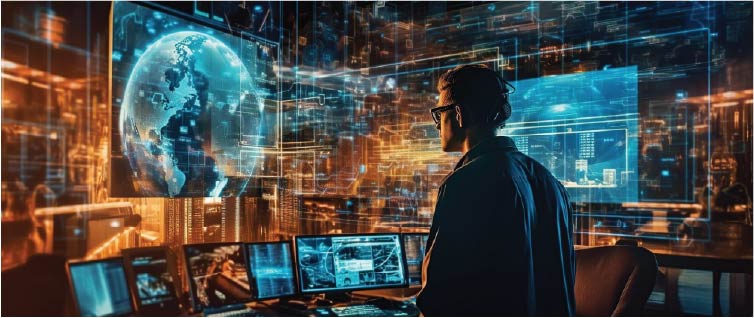
Computing in communications is a field that focuses on the use of computer and software technology in the design, development, operation and management of telecommunications networks. Computing in communications aims to improve the efficiency and reliability of networks and provide advanced and innovative communication services.

It focuses on protecting computer systems, networks and data from cyber threats and attacks. Cybersecurity aims to ensure the confidentiality, integrity and integrity of data and ensure the continuity of computer operations.

Cloud networks are flexible and able to expand and adapt to cloud computing requirements. These networks allow users to access cloud resources and services from anywhere in the world and via any device connected to the Internet.
Cloud networks rely on distributing resources and services across a network of servers and data centers connected to each other. Resources such as virtual servers, storage, networking, and databases are provided as services that can be accessed over the Internet.

Blockchain is a technical system that acts as a distributed and secured ledger used to record and store information securely and transparently. Blockchain is considered fundamental to cryptocurrency, such as Bitcoin, but it also has other applications and uses in different fields.

Technologies apply AI in a wide range of fields, including robotics, autonomous vehicles, machine translation, conversational systems, medical diagnostics, data analysis, and many others. The field of artificial intelligence is developing rapidly and is witnessing continuous developments in areas such as Artificial Intelligence – AI, which is a field concerned with developing systems and programs that are capable of simulating human intelligence capabilities. Artificial Intelligence aims to create systems capable of learning, thinking, making decisions, and performing tasks autonomously.
AI is about developing algorithms and models that enable systems to extract knowledge from available data and analyze it to make informed decisions. This is done by training models on a large set of data and automatically adjusting them based on experiments and observations.
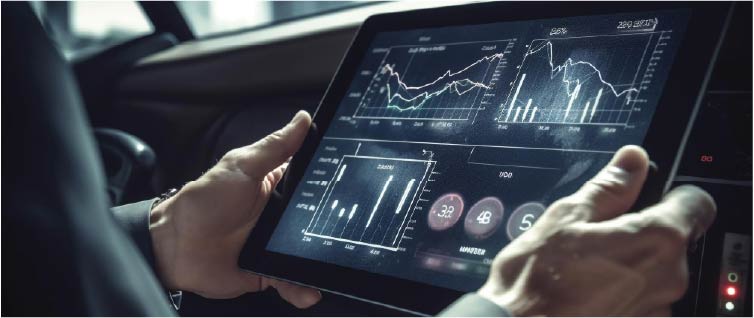
Financial technology works to improve the efficiency and user experience in financial services, and provides innovative and flexible solutions for individuals and companies in money management and financial transactions.
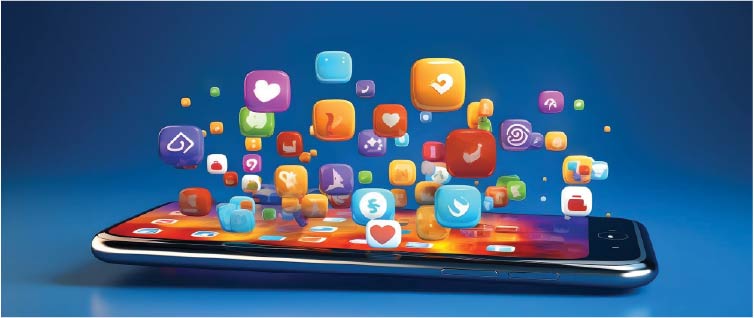
Using digital media and technology to promote and market products and services. Modern information and communications technology and the Internet have radically transformed how products are marketed and communicated with target audiences.
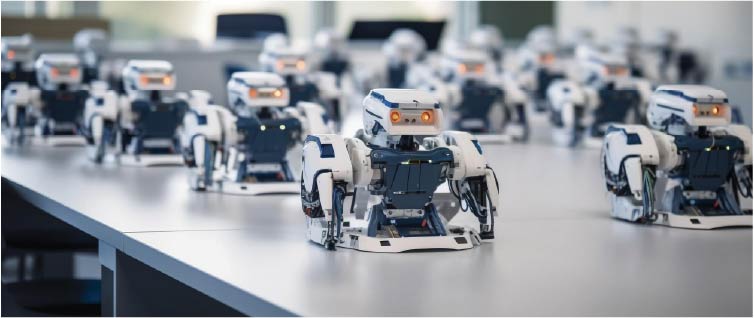
Robotics aims to design and build robots that can perform self -specific or almost self -specific tasks. This includes the development of robots that can move and interact with the surrounding environment and perform pre -programmed tasks in an effective and smart way.
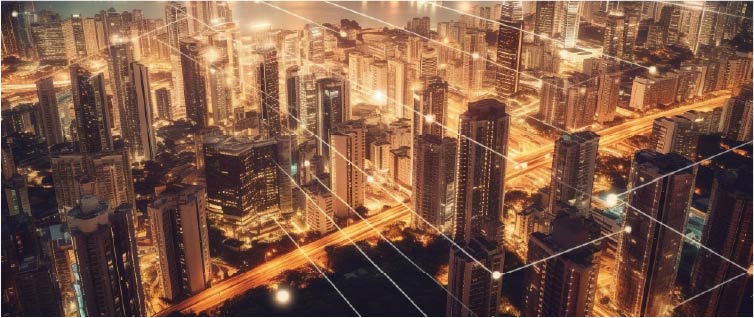
Smart cities aim to achieve sustainable development and provide an integrated and smart urban environment. These cities are the future of urban areas and play their role in meeting the needs of residents and improving the quality of life in growing cities. It is an advanced concept that relies on sustainable technology and innovations to achieve smart civilizational development.

Using technology and smart devices to control and control the home automatically and intelligently. Smart devices in the home aim to provide comfort and safety, improve energy efficiency, save time and facilitate the lives of residents. Smart devices at home are usually controlled via the Internet using smartphone apps or audio devices.
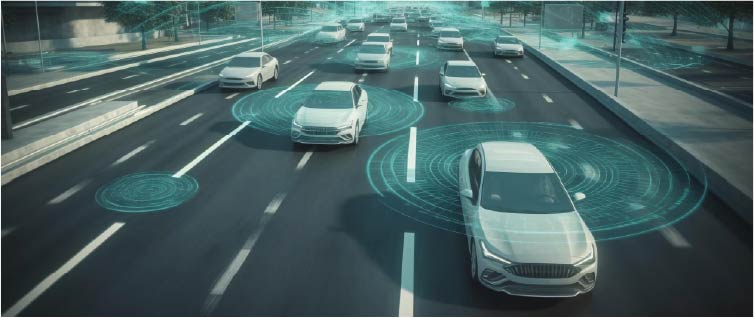
It includes a wide range of technology used in the development and improvement of cars and other vehicles. Here are some important developments in vehicle technology:
Electric cars: Electric vehicles are powered by electric motors and use rechargeable batteries instead of conventional combustion engines. Electric vehicles are more fuel-efficient and reduce harmful emissions to the environment.
Advanced safety technologies: State-of-the-art vehicle technology ensures a range of safety technologies such as Automatic Braking Assist, Stability Control, Dynamic Stability Control, Collision Prevention Technologies and Intelligent Driver Alerts.
Connected Car: Connected technology allows vehicles to connect to the Internet and to each other, enabling access to a range of services and features such as smart navigation, entertainment and communication applications, live traffic information, and remote vehicle control.
Autonomous Driving: The technology associated with autonomous driving aims to develop cars that can drive themselves without human intervention. This technology involves the use of sensor, processing, and artificial intelligence systems to analyze the perimeter and make appropriate driving decisions.
Alternative Fuel Technology: Alternative fuel technology aims to develop and use renewable and more sustainable fuel sources such as hydrogen and green fuels (such as biogas and biodiesel). These technologies reduce dependence on fossil fuels and reduce harmful emissions.
Improvements in entertainment and comfort: Vehicle technology includes improvements in the sound and entertainment system, such as a high-quality sound system and advanced digital displays.
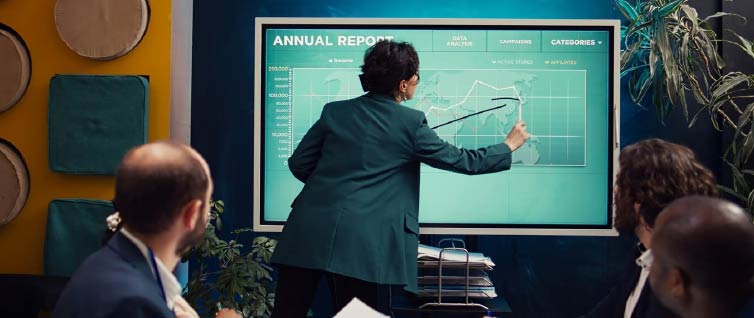
Training and development represents one of the basic pillars in enhancing competencies and building capabilities to keep pace with the digital transformation in Libya. The Libya Communications and Digital Economy Exhibition provides an integrated platform to display the latest training programs and workshops that contribute to empowering individuals and companies with the technical and administrative skills required to support innovation and growth in the communications and digital economy sectors.
